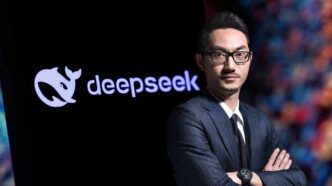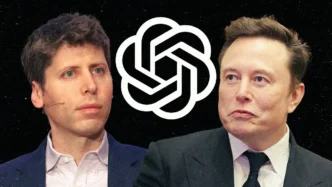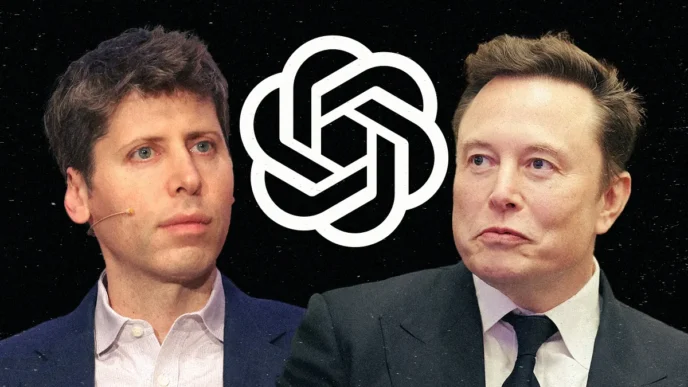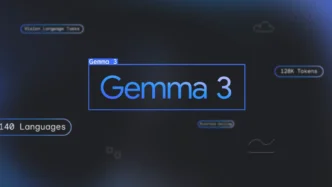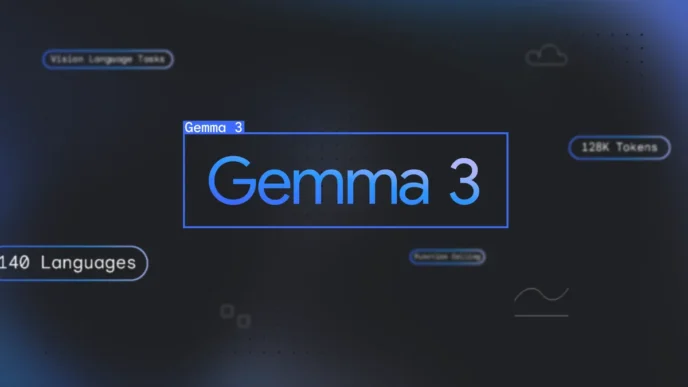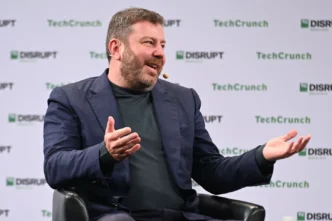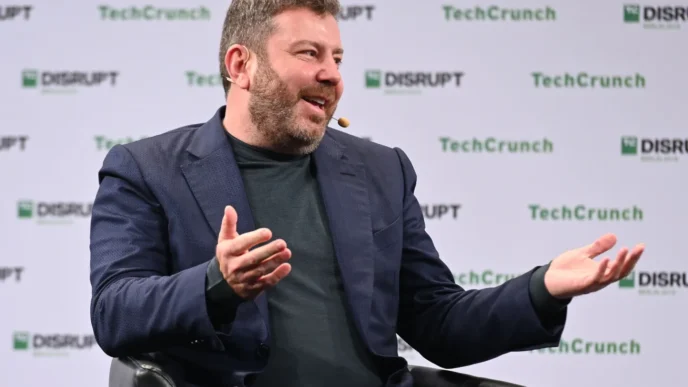While informal reasoning in math has seen major progress with language models like DeepSeek-R1, the world of formal proofs has remained much harder to crack. Turning intuition into step-by-step logic isn’t just about smart guesses — it demands airtight arguments, precise syntax, and zero ambiguity. But that challenge is exactly what DeepSeek-AI aims to solve with its newest open-source release: DeepSeek-Prover-V2.
This model takes a bold step forward in formal reasoning, capable of transforming intuitive problem-solving into structured, machine-verifiable proofs. With this leap, the line between human-like intuition and rigorous formalism in AI just got a lot thinner.
Why Formal Math Has Been So Hard for AI
When mathematicians work through problems, they often use shortcuts, rely on intuition, or skip steps they consider obvious. That works fine for human minds — but not for machines. Formal theorem proving requires complete precision. Every step needs to be stated clearly and proven logically, leaving no room for approximation or guesswork.
Large language models (LLMs) have already shown they can solve tough math problems using natural language and reasoning chains. But most still fall short when asked to translate those insights into formal proofs. That’s because informal reasoning often glosses over details, and formal systems simply can’t verify those skipped steps.
DeepSeek-Prover-V2 solves this problem by blending informal and formal thinking. It breaks problems down into digestible parts but keeps every detail exact, giving AI the ability to produce proofs that humans and machines can both trust.
A Smarter, More Human-Like Proof Engine
What sets DeepSeek-Prover-V2 apart is its clever pipeline. It starts with DeepSeek-V3, a general-purpose LLM trained to think in natural language. This model analyzes a problem, breaks it into smaller parts, and then translates those pieces into a formal language that machines can understand.
Rather than trying to solve the whole problem at once, the model works on subgoals — mini-lemmas that build toward the final proof. This mirrors how real mathematicians work: by solving smaller steps first, then combining them into a full argument.
Once all subgoals are solved, the system assembles them into a complete proof. It then pairs this with the natural language reasoning that guided the process. This creates high-quality training data for improving future versions of the model, all without needing manual annotations
Reinforcement Learning Makes It Even Smarter
After being trained on this “cold-start” data, DeepSeek-Prover-V2 uses reinforcement learning to sharpen its reasoning. It gets real-time feedback on its solutions — whether they work or not — and learns what types of strategies are more likely to succeed.
One clever trick: the model rewards itself for staying consistent with the original step-by-step plan. That means it doesn’t just reach the right answer, but does so in a way that matches the human-style logic it started with. This helps especially on multi-step problems, where losing track of earlier logic can ruin the entire proof.
Performance That Stands Out in the Real World
DeepSeek-Prover-V2 isn’t just good in theory — it performs in practice too. On the MiniF2F-test benchmark, it scored impressively. It also solved 49 out of 658 problems from PutnamBench, a test based on the elite-level Putnam math competition.
Even more interesting: when tested on 15 recent problems from the AIME (American Invitational Mathematics Examination), it solved 6 of them. DeepSeek-V3, using majority voting, managed 8. That narrow margin shows just how much closer formal proof engines are getting to matching intuitive reasoning — a huge milestone in AI progress.
However, there’s still room for improvement, especially on tricky combinatorial problems. These remain a challenge, and will likely be a focus for future research.
A New Benchmark: ProverBench
To better test LLMs on real math, DeepSeek-AI also introduced ProverBench — a diverse benchmark with 325 formalized problems. These cover number theory, algebra, calculus, and real analysis. It even includes 15 AIME-level problems that require real creativity, not just rule-following.
By including both textbook questions and competition-style challenges, ProverBench offers a more realistic test of how AI performs under pressure — and how far it still needs to go.
Why Open Access Matters
One of the most exciting things about DeepSeek-Prover-V2 is that it’s open-source. You can find it on Hugging Face, with two versions available: a lighter 7B parameter model and a powerful 671B version. This means researchers, developers, and educators can all experiment with it — whether they’re working on laptops or supercomputers.
That kind of accessibility is rare in formal theorem proving, and it could help spark a wave of new tools that bring rigorous math to fields like science, engineering, and even AI safety
Where This Could Go Next
The broader implications of DeepSeek-Prover-V2 are enormous. This model could become a powerful assistant for mathematicians — automating tedious proof steps, double-checking work, or even suggesting new theorems to explore.
But the real breakthrough may lie in how this technology can cross into other industries. Fields like hardware design, legal reasoning, and software verification all rely on formal logic. The architecture behind DeepSeek-Prover-V2 could influence how we build future AI across these domains.
The DeepSeek team already has its sights set on tackling even harder problems, like those seen in the International Mathematical Olympiad (IMO). As these models grow, they may redefine how we approach knowledge itself — blending intuition, logic, and automation in ways that unlock entirely new frontiers.
The Takeaway
DeepSeek-Prover-V2 marks a major leap forward for AI in formal math. By combining informal reasoning with rigorous logic, it delivers step-by-step proofs that both humans and machines can verify. Its performance on elite-level math problems, open-source availability, and real-world potential make it one of the most exciting AI models in the reasoning space today.
As the gap between intuition and formal verification narrows, we’re entering a new era — one where AI doesn’t just solve math problems, but helps transform how we do mathematics itself.
